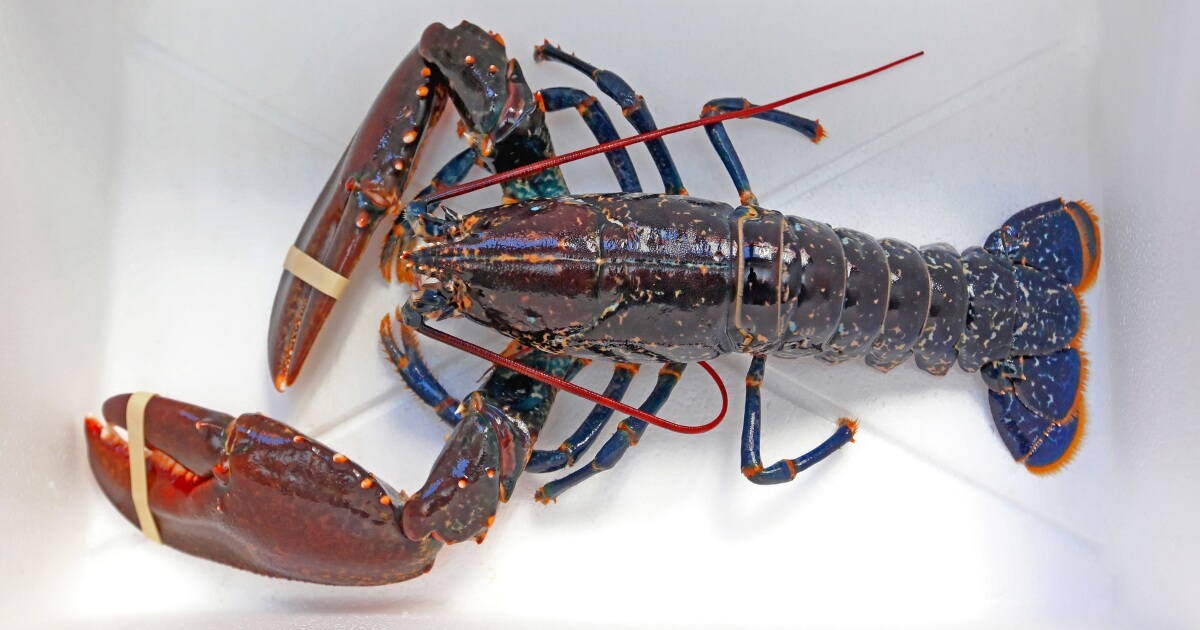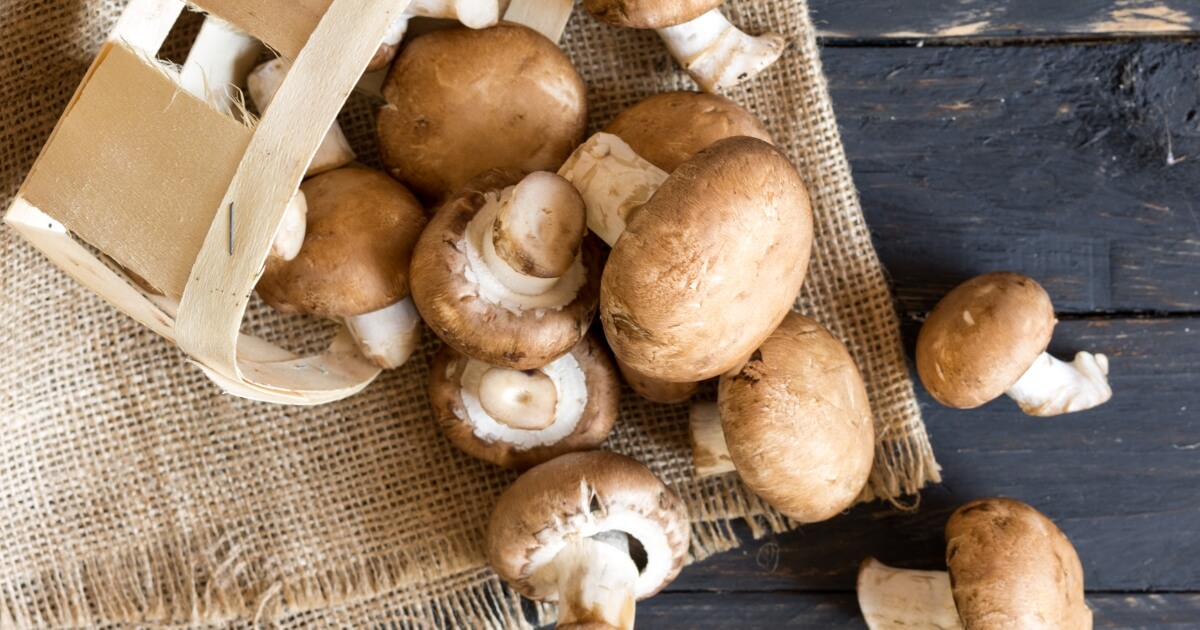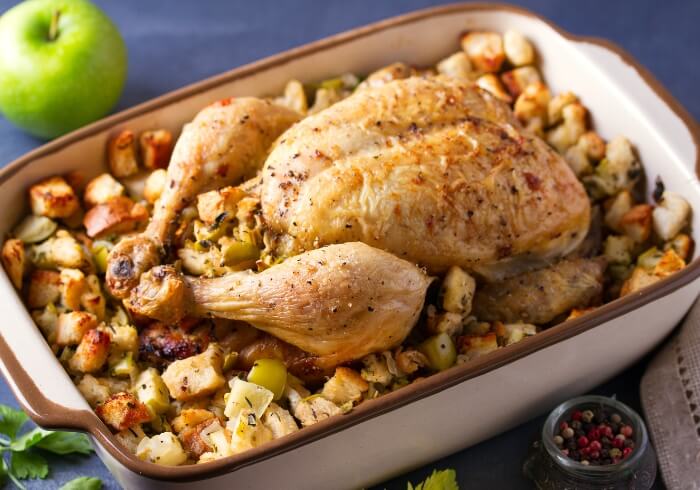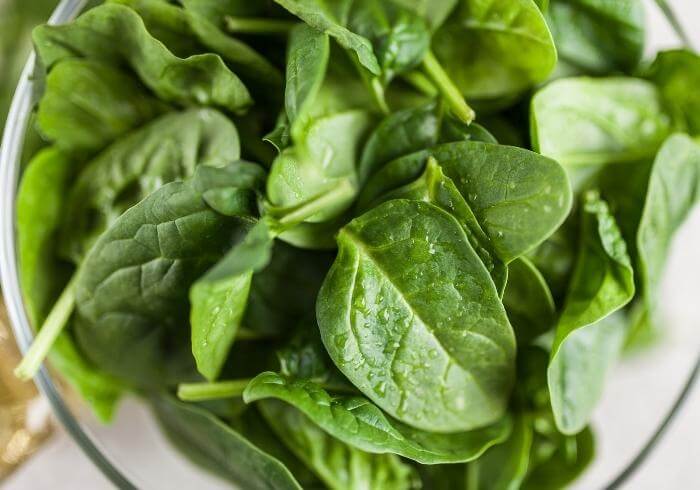Are you worried about your stuffing’s consistency? Should stuffing be moist or dry? Well, the answer depends on who you ask.
According to most cookbooks, the answer is that it should be on the moist or mushy side. However, many people believe that this holiday dish should be crispy on the outside and fluffy on the inside.
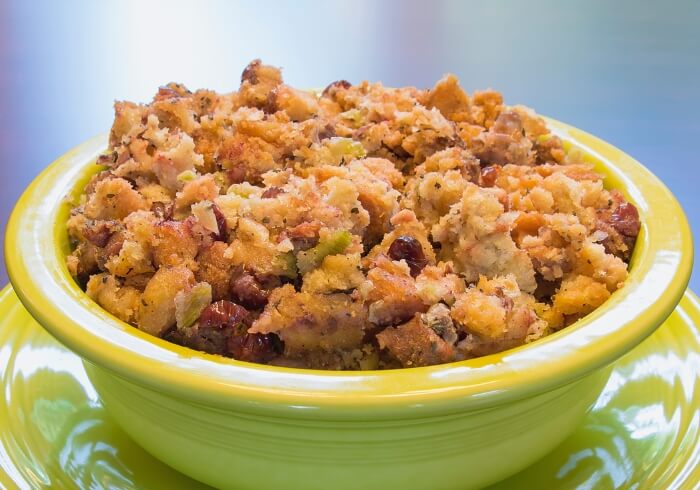
In this article, I’ll explore the debate over whether or not stuffing should be dry or moist and provide tips for making both types of stuffing.
How Moist Should Stuffing Be?
Your stuffing should be made according to what you and your guests prefer. If you aren’t sure about which way to go, you could always cook it both ways.
My test for the perfect stuffing is to grab a spoonful and pinch it gently with my fingers. If it sticks together and springs back a little bit, it’s just right. If it sticks together like a clump of playdough, it’s probably too moist.

For those that like it on the mushy side, cooking stuffing inside a turkey makes this easy and can give your stuffing extra flavor. However, there is only so much space inside the cavity of a turkey to hold stuffing, which could lead to arguments with those taking bigger helpings.

Stovetop stuffing is much easier to keep light and fluffy with the right amount of moisture. I always use less water or broth than what is required and add more as needed. And if you’re looking for a more dense and moist stuffing, this is a safe way to do it without overdoing it.
Some home cooks like to prepare stovetop stuffing, place it in a dish, and finish it in the oven to give it a crispy top. Our family isn’t big on that, but the option is there if you like it that way.
Either way, it’s important to follow any directions or recipe instructions when preparing stuffing to ensure that it turns out the way it was intended.
Why Is My Stuffing Mushy?
The simple answer is that your stuffing is wet or mushy because you added too much liquid to it.
A common mistake that can happen is that you add the required liquid and feel it looks too dry, so you end up adding more liquid. This will result in stuffing that is too moist.
Why does that happen? It happens because after you add liquid, the dehydrated bread needs time to absorb it evenly, no matter how initially it looks. There is a kind of magic that happens just by waiting a few minutes before you end up with perfect fluffy stuffing.
On the other hand, when cooking stuffing inside a turkey, juices from the turkey will also influence the moisture in your breaded stuffing.
While it can give a great flavor profile, adding too much water or broth to your stuffing beforehand will cause it to become extremely mushy as it cooks in the turkey cavity.
Most recipes or directions will have notes about different methods of cooking your stuffing, so it’s important to pay close attention to them.
How To Fix Soggy Stuffing
If your stuffing ends up soggy, you won’t be able to reverse it completely, but you may be able to make it more palatable.
For example, if you have 4 cups of soggy stuffing, mix in 3/4 of a cup of dry stuffing. You then need to keep it warm and covered for 5 to 10 minutes, similar to how it’s made on the stovetop.
The extra moisture in the soggy stuffing should hydrate the dry stuffing and give you a more balanced stuffing mix. However, there will still be stuffing that is simply too mushy, won’t last long, and there isn’t anything you can do about it.
Keep in mind the more you mix soggy stuffing, the mushier it will become. It can turn into a mess, and you might want to consider making a fresh batch if you have picky eaters.
What To Do If Stuffing Is Too Dry
The better of two problems is when your stuffing is too dry. This can be fixed by adding more hot liquid, either water or broth.
All you need to do is add a little bit of hot liquid, mix, keep hot at the proper temperature, cover and let it rest for another 5 minutes.
How much liquid should you add? That depends on how dry it is. Use as little as possible and test. If it’s still too dry, add more and repeat the process until it’s right.
If you’re in a hurry, dry stuffing that doesn’t hold together can be saved on your plate by adding gravy or cranberry sauce over it to give that extra moisture it needs. As long as it isn’t dry, as in crunchy, it should be okay to serve.


